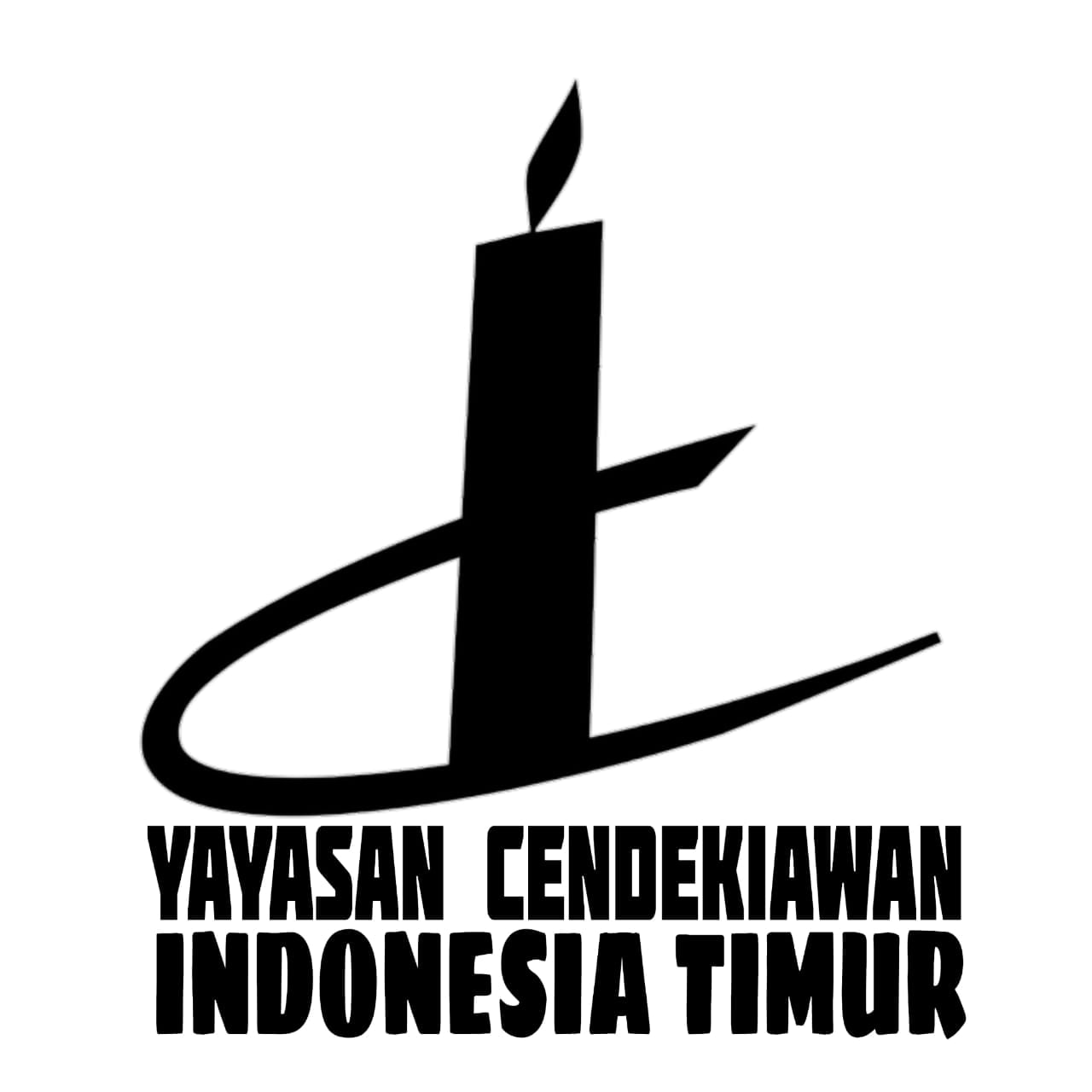The effect of literature circle on varied reading comprehension
DOI:
https://doi.org/10.59065/jotes.v1i1.24Keywords:
Reading Comprehension, Literature CircleAbstract
This research was conducted to know the effect of using the Literature circle to improve the students’ reading comprehension. It covered students’ literal comprehension, inferential comprehension, and critical comprehension. This research was designed into two groups; the Experimental group and Control group. Each group consisted of 20 students. The sample was chosen by using the simple random technique used lottery technique. The data were collected through multiple-choice reading tests both in the experimental group and control group namely pre-test and post-test then analyzed by using an independent-sample t-test and One way ANOVA. The result of the research showed that (1) the use of a literature circle was more effective than the directed reading activity method in improving students reading comprehension. It was revealed that the students’ improvement in post-test with a mean score of 65.30 was better than the mean score of pre-test 52.85 in the experimental group. There was also a statistically significant difference between the mean score of the post-test of the experimental group and the control group in each level of comprehension. The largest different was on inferential level (67.50 > 56.50), followed by literal level (65.50 > 64.00), and then critical level (61.50 > 60.50). (2) based on the result of one-way ANOVA from the three levels of reading comprehension in the experimental group, none of them is significantly different, or the three levels of reading comprehension almost have the same average score (l = i = c).
Downloads
References
Astri, Z., & Wahab, I. (2018). The Effect Of Reading Teaching Material For Different Learning Styles In Improving Students' Reading Comprehension. Jurnal Bahasa Lingua Scientia, 10(2), 215–230. https://doi.org/https://doi.org/10.21274/ls.v10i2.1251
Carlson, S. E., Seipel, B., & McMaster, K. (2014). Development of a new reading comprehension assessment: Identifying comprehension differences among readers. Learning and Individual Differences, 32, 40–53. https://doi.org/10.1016/j.lindif.2014.03.003
Daniels, H. (2002). Literature Circles : Voice and Choice in Book Clubs and Reading Groups by Harvey Daniels. Stenhouse Publishers.
Duffy, C. (2014). Handbook of Research on Reading. Routledge Tylor and Francis Group.
Fitriana. (2020). Literature Circle in Promoting Young Learners' Reading Comprehension. HOLISTICS JOURNAL, 12(2), 10–15.
Gruhn, S., Segers, E., Keuning, J., & Verhoeven, L. (2020). Profiling children's reading comprehension: A dynamic approach. Learning and Individual Differences, 82(July). https://doi.org/10.1016/j.lindif.2020.101923
Hamra, A., & Syatriana, E. (2012). A Model of Reading Teaching for University EFL Students : Need Analysis and Model Design. 5(10), 1–11. https://doi.org/10.5539/elt.v5n10p1
Hungwe, V. (2019). Using a translanguaging approach in teaching paraphrasing to enhance reading comprehension in first-year students. Reading & Writing, 10(1), 1–9. https://doi.org/https://doi.org/ 10.4102/rw.v10i1.216
Kim, K. J., & Pae, T.-I. (2021). Examining the Simultaneous Effects of L1 Writing, L2 Reading, L2 Proficiency, and Affective Factors on Different Task Types of L2 Writing. In Discourse Processes: A Multidisciplinary Journal (Vol. 58, Issue 7, pp. 662–680).
Naniwarsih, A., & Andriani, A. (2018). The students' ability in literal reading comprehension. Journal of Foreign Language and Educational Research, 1(1), 1–8.
Nurjanah, R. L. (2018). The Analysis on Students' Difficulties in Doing Reading Comprehension Final Test. Metathesis: Journal of English Language, Literature, and Teaching, 2(2), 253–264. https://doi.org/10.31002/METATHESIS.V2I2.958
Saiful, Jabu, B., & Atmowardoyo, H. (2019). The effects of the PORPE method on students' reading comprehension and metacognitive awareness. Journal of Language Teaching and Research, 10(3), 569–582. https://doi.org/http://dx.doi.org/10.17507/jltr.1003.21
Samiei, F., & Ebadi, S. (2021). Exploring EFL learners' inferential reading comprehension skills through a flipped classroom. Research and Practice in Technology Enhanced Learning, 16(1). https://doi.org/10.1186/s41039-021-00157-9
Srisang, P., & Everatt, J. (2021). Lower and higher level comprehension skills of undergraduate efl learners and their reading comprehension. LEARN Journal: Language Education and Acquisition Research Network, 14(1), 427–454.
Tánczikné, S. V. (2017). Factors affecting reading comprehension. Gradus, 4(2), 41–47. https://scholar.archive.org/work/ppzwfnuoezhaxkffqv354mvtym/access/wayback/http://gradus.k efo.hu/archive/2017-2/2017_ART_006_Tanczikne.pdf
Varita, D. (2017). Improving reading comprehension through Literature Circles. English Education Journal, 8(2), 234–244
Wawire, B. A., & Zuilkowski, S. S. (2021). The role of vocabulary and decoding language skills in reading comprehension: a cross-linguistic perspective. International Multilingual Research Journal, 15(1), 23–42. https://doi.org/10.1080/19313152.2020.1753953
Wu, L., Valcke, M., & Van Keer, H. (2021). Supporting struggling readers at secondary school: an intervention of reading strategy instruction. Reading and Writing, 34(8), 2175–2201. https://doi.org/10.1007/s11145-021-10144-7






